People Spotlight: Meet Miriam Ozanne
Our People Spotlight series gives you an inside look at our technical experts around the world. This week, we are highlighting our Building Performance Team Leader, a regional director from our Buildings + Places business in London and providing an insight into their inspiration and work.
Miriam Ozanne has a background in mechanical engineering and currently leads AECOM’s Building Performance team. She established and now oversees this team, which is dedicated to achieving key building performance targets in operational buildings. While the majority of their work focuses on decarbonization and energy optimization, they also provide services aimed at broader wellbeing metrics, such as Indoor Air Quality.
Miriam’s role involves significant client engagement to understand their needs and tailor service offerings accordingly. She continuously liaises and collaborates internally with AECOM’s multi-disciplinary teams. Clients highly value the team’s ability to provide integrated, multi-disciplinary services to address their building performance needs.
Tell us about what inspired you to join the industry.
I was initially inspired to study mechanical engineering because of my love of Formula 1 as a teenager. However, after graduating, I chose to stay in London and start my career in Building Services. I was drawn to the construction industry by its diversity and the opportunity to collaborate with professionals from various backgrounds and disciplines throughout the entire project lifecycle.
I’m a very purpose driven person, and so applying my built environment design skills to locations beyond just the UK also inspired me to pursue a career in this field. Early in my career, as I honed my core building services skills in my graduate role, I already had the opportunity to make meaningful contributions to international development projects. As a member of PART (Palestine Regeneration Team), a voluntary network of architects, urban planners, academics and engineers based in the UK, I assembled multi-disciplinary engineering teams to support sustainable regeneration projects with NGOs in Palestine.
As my career progressed and I developed my project management skills, I later created the scope and secured the funding to develop renewable energy and recycled water strategies for schools in the Levant using two schools in Lebanon and Palestine as case studies. In addition, I secured research funding to develop a holistic masterplanning methodology to facilitate the planning and implementation of electricity mini-grid projects both in Palestine and in other emerging economies around the world.
I was drawn to the construction industry by its diversity and the opportunity to collaborate with professionals from various backgrounds and disciplines throughout the entire project lifecycle. I’m a very purpose driven person, and so applying my built environment design skills to locations beyond just the UK also inspired me to pursue a career in this field.
What is your favorite AECOM project that you’ve worked on and why?
One of my recent favourite projects has been working on 20 Fenchurch Street, London (popularly known as the “Walkie Talkie”), where our team helped reduce the building’s operational energy consumption and plan the route to net zero. As project director, I really enjoyed collaborating with the engaged client and building management team to deliver the best outcomes.
When analysing the performance of buildings in use, the challenge often lies in the lack of data. However, in this case, the challenge was the abundance of data available. Our team developed a new tool to efficiently sort and sanitise the data, enabling us to identify significant energy saving opportunities. These included measures such as changing central plant operating set points and optimising plant sequencing which were simple to implement but required in-depth design knowledge and experience to understand the optimum balance between different systems. The building management team were already regularly reviewing plant schedules to minimise plant operation when the building was not in use. However, the in-depth data analysis helped us identify occurrences when main plant was still being triggered to run out of hours and variable speed controls were not working as expected, based on our understanding of building loads and external conditions. This also led to further savings opportunities.
Many of these measures have now been implemented, alongside other initiatives by the building management team, without requiring any investment in capital expenses. This contributed to a 10.6 percent reduction in gas consumption and a 5.3 percent reduction in electricity use in 2023, despite occupancy rising by more than a third over the same period. We recently reviewed the progress for 2024 and found that even greater energy savings have been achieved as the building management team continues to implement many of our recommendations.
One of my recent favourite projects has been working on 20 Fenchurch Street, London (popularly known as the “Walkie Talkie”), where our team helped reduce the building’s operational energy consumption and plan the route to net zero. As project director, I really enjoyed collaborating with the engaged client and building management team to deliver the best outcomes.
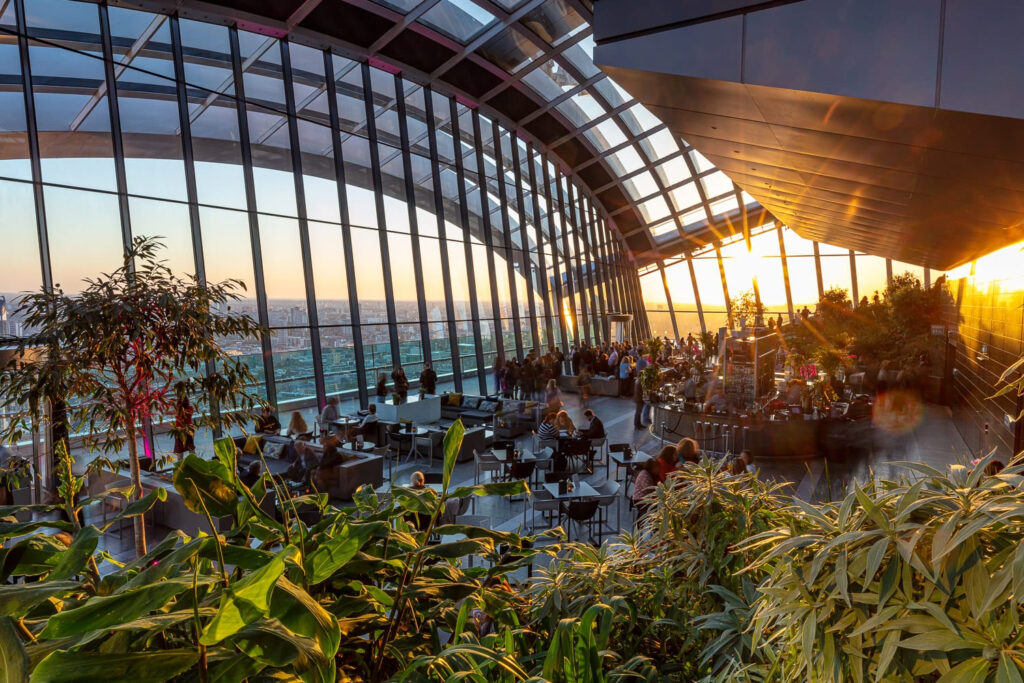
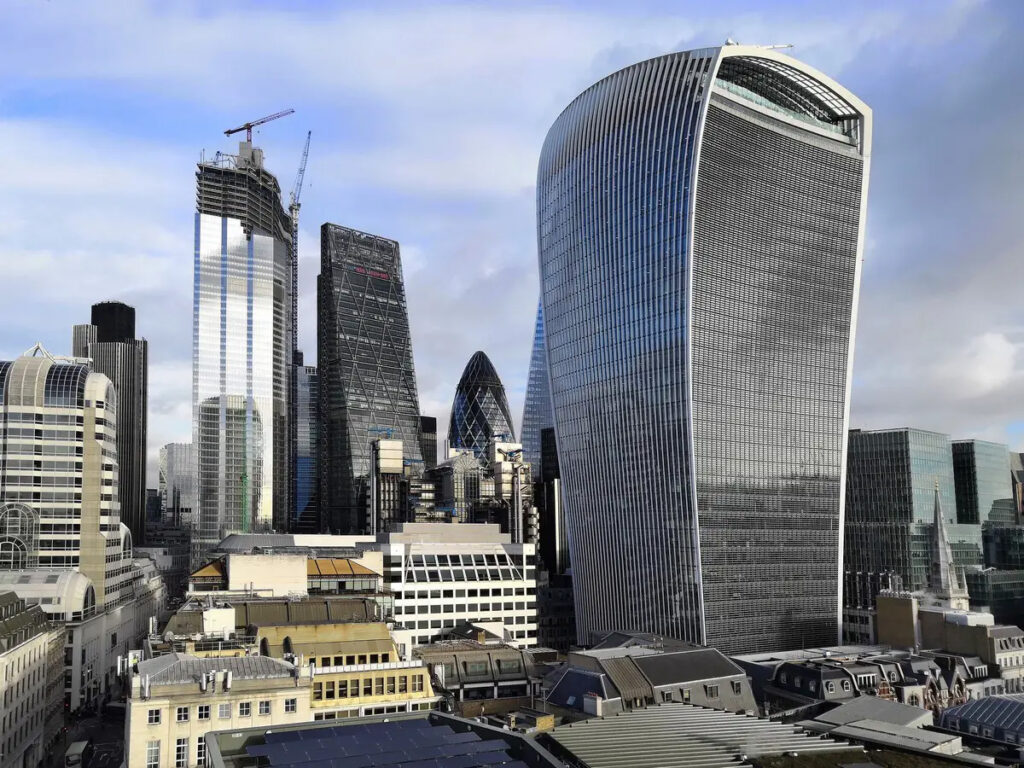
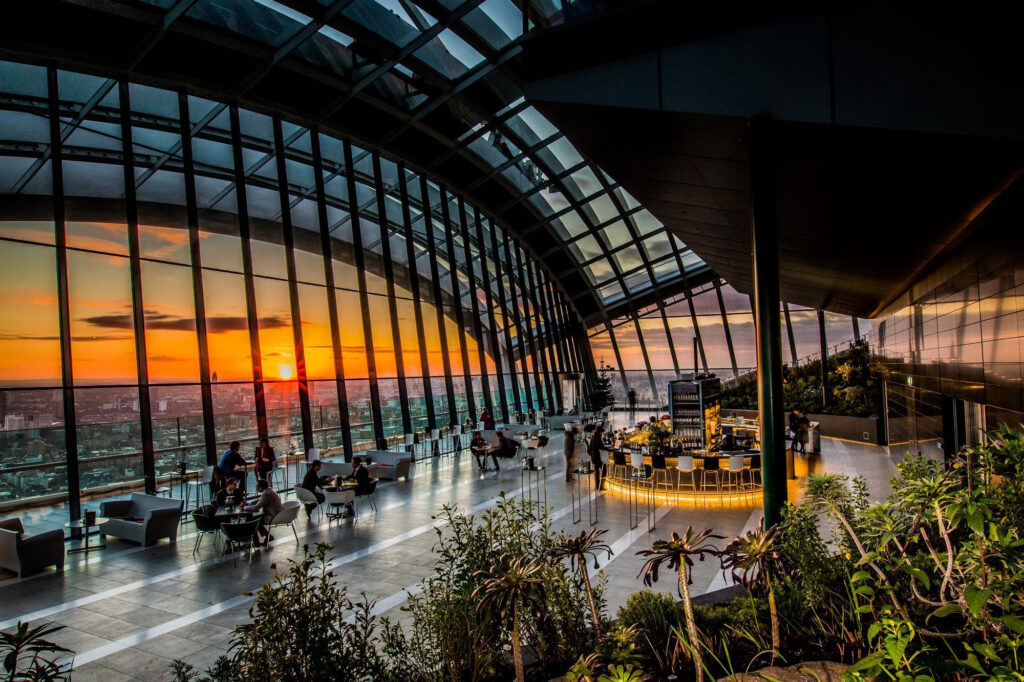
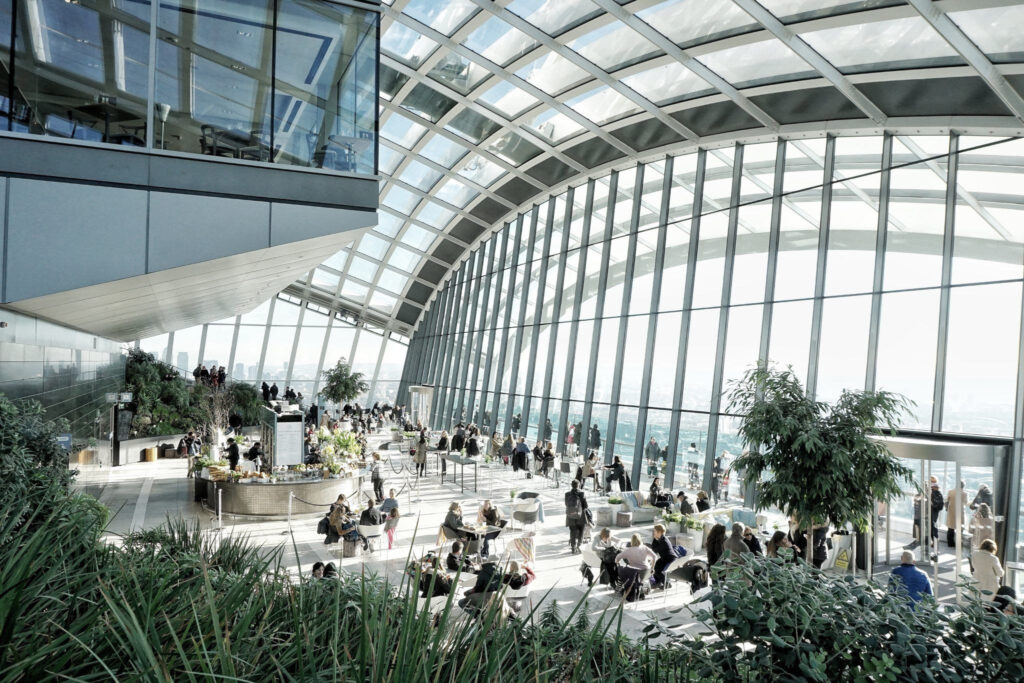
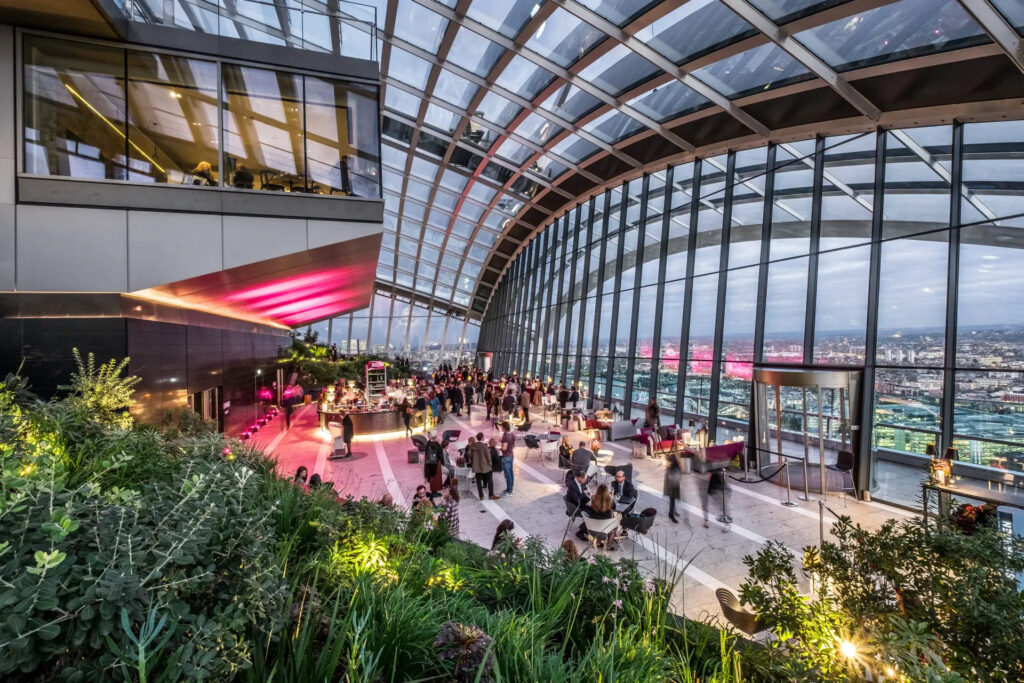
Tell us a story of how your work positively impacted the community.
While much of our building performance work focuses on energy and carbon reduction to address the current climate crisis, I believe that true building performance encompasses a wide range of factors that affect not only the environment but, among other things, people’s health, wellbeing and overall experience within a space.
We explored this with a longstanding client while carrying out a building performance review several years after the refurbishment of their building which our MEP team designed. Alongside reviewing the energy performance, we monitored indoor air quality and measured the lighting performance in typical spaces around the office. It was particularly interesting how the indoor air quality monitoring gave insights into how occupants were using spaces as well as how the plant was operating in a level of detail not available from the electrical meter data. This enabled us to recommend changes to plant operation that balanced optimizing energy performance with enhanced indoor air quality, matched to space utilization and occupancy patterns.
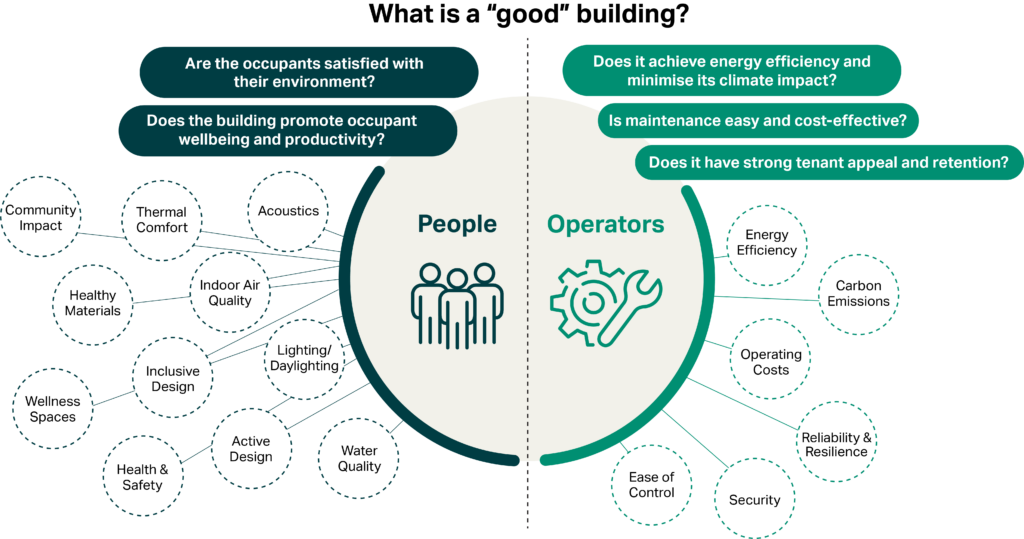
Research suggests people in the UK spend 80-90 percent of their time indoors (homes, schools, workplaces, other public spaces and on transport) and so working to ensure these are healthy spaces that promote wellbeing and support occupants to thrive is critical.
Poor indoor air quality has been linked to sick building syndrome, reduced productivity, and impaired learning in schools. Indoor air pollution has increased in recent decades with the increased use of synthetic materials and greater focus on air tightness to reduce energy loss contributing to this. Improved air tightness in buildings is one example where driving energy efficiency can have knock on consequences for indoor air quality and occupant wellbeing, demonstrating the need to balance a wide variety of metrics to achieve true building performance.
I regularly talk to clients and others in the industry about the importance of maintaining a holistic perspective of building performance and aligning the positive impacts on occupants in buildings with wider considerations impacting building operators such as financial and business metrics.
Research suggests people in the UK spend 80-90 percent of their time indoors (homes, schools, workplaces, other public spaces and on transport) and so working to ensure these are healthy spaces that promote wellbeing and support occupants to thrive is critical.
Share a piece of career advice.
Celebrate the “now” and dream for the future! I am a very passionate and ambitious person, always pushing on to the next thing, and I believe this has helped me achieve a lot of the things I’m proud of in my career. However, sometimes I think I’m too busy looking ahead to what’s next to pause and reflect on where I’m at and what I’m doing in the present. The risk is I forget to appreciate and celebrate some of the smaller things along the way. As I go forward, I’m striving to get a better balance of valuing the present whilst still dreaming big for the future and I would encourage others to do the same!






